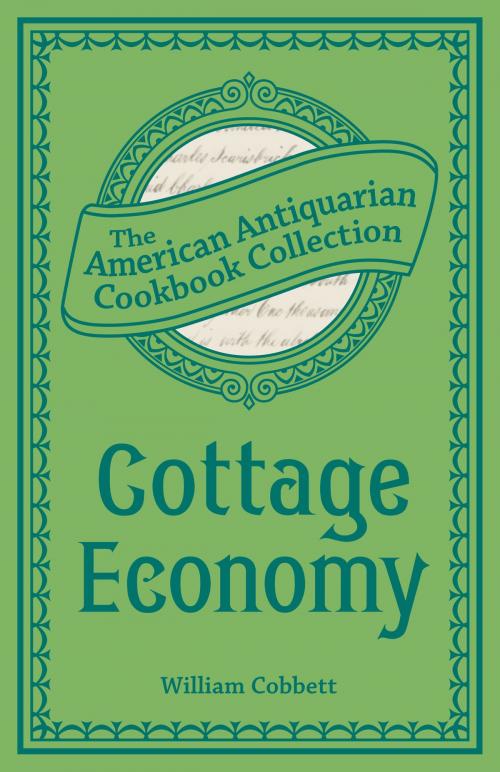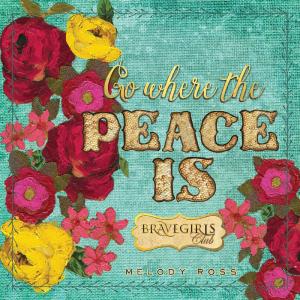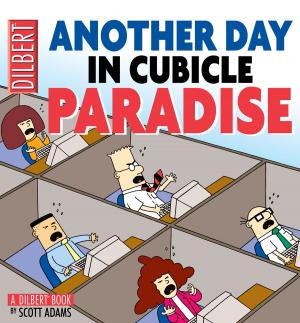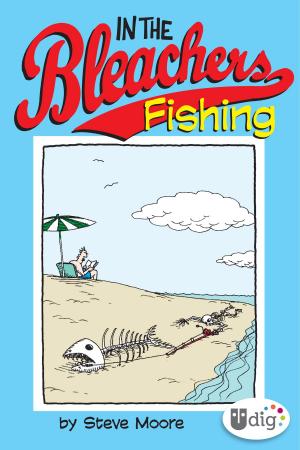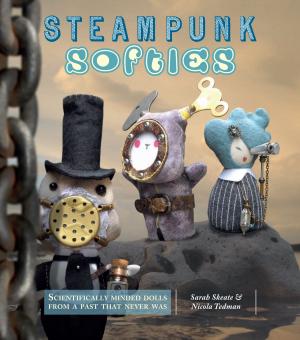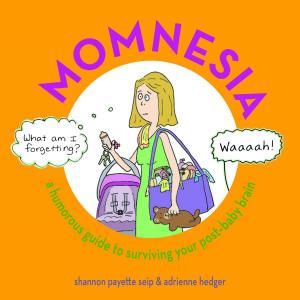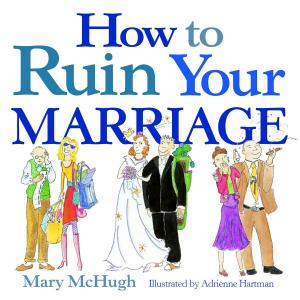| Author: | William Cobbett | ISBN: | 9781449428297 |
| Publisher: | Andrews McMeel Publishing | Publication: | October 16, 2012 |
| Imprint: | Andrews McMeel Publishing | Language: | English |
| Author: | William Cobbett |
| ISBN: | 9781449428297 |
| Publisher: | Andrews McMeel Publishing |
| Publication: | October 16, 2012 |
| Imprint: | Andrews McMeel Publishing |
| Language: | English |
The American publication of Cottage Economy by Stephen Gould and Sons was basically a compilation of a series of pamphlets published by Cobbett in 1821 in England. Cobbett was an English political activist at a time when the industrial revolution was changing the face of rural Britain, and he was constantly concerned with improving the living conditions of the working classes. The book presents his philosophy that a laborer should be taught industry, sobriety, frugality, and “the duty of using his best exertions for the rearing of his family.”
With practical instructions still relevant for those seeking self-reliance, Cobbett teaches the working classes of the 19th century the arts of brewing beer, keeping livestock, making bread, and “other matters deemed useful in conducting affairs of a labourer’s family.” Contents include “information relative to the brewing of beer, the making of bread, keeping of cows, pigs, bees, ewes, goats, poultry, and rabbits . . . to which are added instructions relative to the selecting, the cutting, and the bleaching of the plants of English grass and grain, for the purpose of making hats and bonnets.
With practical instructions still relevant for those seeking self-reliance, Cobbett teaches the working classes of the 19th century the arts of brewing beer, keeping livestock, making bread, and “other matters deemed useful in conducting affairs of a labourer’s family.” Contents include “information relative to the brewing of beer, the making of bread, keeping of cows, pigs, bees, ewes, goats, poultry, and rabbits . . . to which are added instructions relative to the selecting, the cutting, and the bleaching of the plants of English grass and grain, for the purpose of making hats and bonnets.
The American publication of Cottage Economy by Stephen Gould and Sons was basically a compilation of a series of pamphlets published by Cobbett in 1821 in England. Cobbett was an English political activist at a time when the industrial revolution was changing the face of rural Britain, and he was constantly concerned with improving the living conditions of the working classes. The book presents his philosophy that a laborer should be taught industry, sobriety, frugality, and “the duty of using his best exertions for the rearing of his family.”
With practical instructions still relevant for those seeking self-reliance, Cobbett teaches the working classes of the 19th century the arts of brewing beer, keeping livestock, making bread, and “other matters deemed useful in conducting affairs of a labourer’s family.” Contents include “information relative to the brewing of beer, the making of bread, keeping of cows, pigs, bees, ewes, goats, poultry, and rabbits . . . to which are added instructions relative to the selecting, the cutting, and the bleaching of the plants of English grass and grain, for the purpose of making hats and bonnets.
With practical instructions still relevant for those seeking self-reliance, Cobbett teaches the working classes of the 19th century the arts of brewing beer, keeping livestock, making bread, and “other matters deemed useful in conducting affairs of a labourer’s family.” Contents include “information relative to the brewing of beer, the making of bread, keeping of cows, pigs, bees, ewes, goats, poultry, and rabbits . . . to which are added instructions relative to the selecting, the cutting, and the bleaching of the plants of English grass and grain, for the purpose of making hats and bonnets.
More books from Andrews McMeel Publishing
We use our own "cookies" and third party cookies to improve services and to see statistical information. By using this website, you agree to our Privacy Policy
